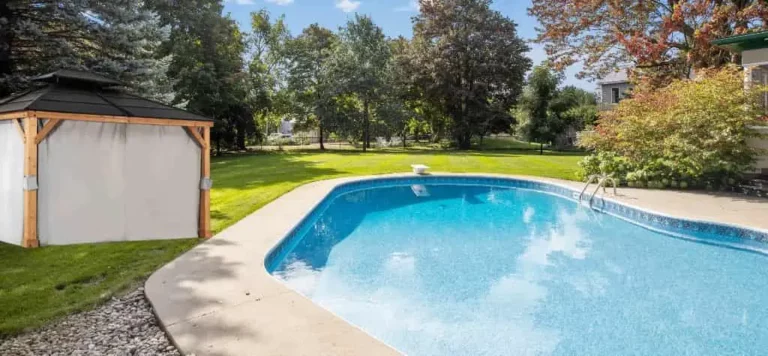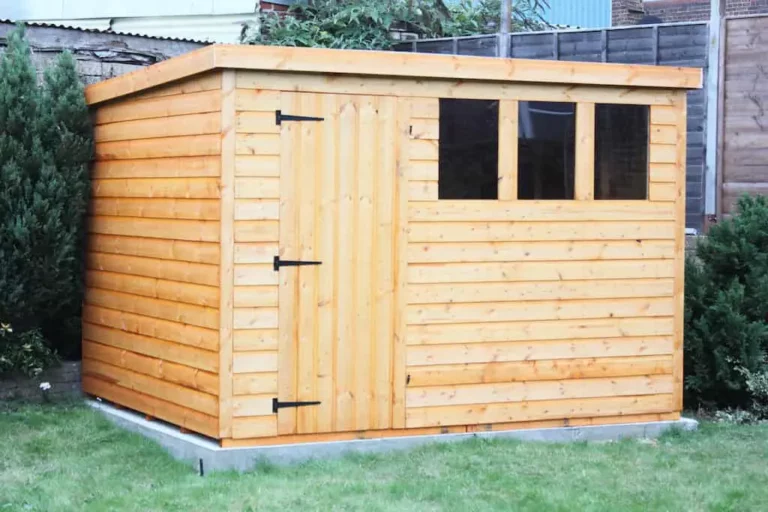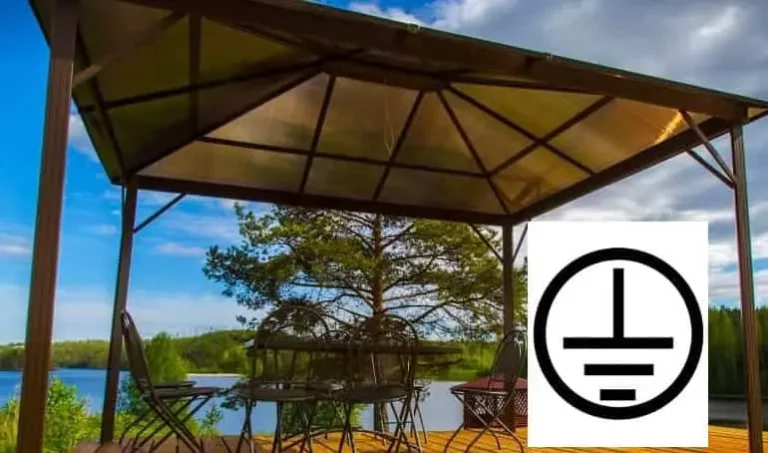Worst Trees for Tree Houses

Treehouses are an essential element of childhood nostalgia, and for many children, a space to let their imaginations be free. Building a treehouse is also a great creative challenge for the adults in the house. The first step to building a treehouse is finding the right tree.
The worst trees for tree houses are young, weak, unstable softwood trees that have been infected with fungus, rot, or pests. Any of these factors would be reason enough, but all these factors combined make for an unsafe, and therefore, terrible tree for a treehouse.
In this article, I’ll go into more detail about the factors that make a tree bad for a treehouse and use those to explain how to pick a good tree. Keep reading to find out more!
Factors That Make a Tree Bad for Tree Houses
There is no single tree that’s the best (or worst) tree for treehouses, unless you count the Dwarf Willow tree, which grows to only one to six centimeters (0.39 to 2.36 inches) in height. Although I’m no expert, I can’t imagine you’d be able to build a sturdy treehouse in one of those!
However, other than the Dwarf Willow – and a few other tiny trees – there’s no single tree you can point to as the “worst” or the “best.”
Instead, when you choose a tree to build a treehouse, you have to consider a few factors that will determine how stable, safe, and comfortable your treehouse will be. Since safety is paramount when building a treehouse for your family, here is a set of factors that influence how good or bad a tree will be to support a treehouse.
Type of Wood and Density
The two main types of wood in trees are hardwoods and softwoods. The names have nothing to do with how hard or soft the wood is but rather based on how difficult the trees were to cut and move. This difficulty was ascribed to the ‘hardness’ or the weight of the wood. Nevertheless, both hardwood and softwood trees are used for a variety of applications.
The primary difference is that hardwood trees are deciduous trees that shed their leaves in the fall and tend to grow slower than the evergreen softwood trees. Because of how slowly they grow, hardwood trees tend to be denser and therefore ‘harder’ than softwood trees.
The lower density of wood in softwood trees means that they aren’t as sturdy or load-bearing as hardwood trees, especially over time. Softwood trees tend to wear down as time passes, which would be counterproductive for building a treehouse, as a well-built treehouse tends to last at least a decade or two.
The slow growth rate and comparative density mean that hardwood trees are more resilient than softwood trees. Softwoods don’t hold up well to wear and tear over time and weather-related damage. They are also more vulnerable to insects and have poor resistance to fire.
Softwood trees would be among the worst kinds of trees for treehouses considering their susceptibility to wear and tear and weathering.
Examples of density for hardwood trees
| Hardwood Tree | Density (lb/ft3) |
|---|---|
| Walnut | 40 – 43 |
| Maple | 39 – 47 |
| Oak | 37 – 56 |
| Mahogany | 31 – 53 |
| Teak | 41 – 55 |
| Hickory | 37 – 58 |
The Health of the Tree
Tree health is an important factor when choosing a tree in which to build your treehouse. Unhealthy trees will be unstable, and more importantly, unpredictable when it comes to their load-bearing capacities as well as their longevity. Choosing an unhealthy tree to build your treehouse is a terrible idea.
Determining Tree Health
Healthy trees can be identified by their symmetry and leaf coverage. Symmetrical trees with about one-third or half of their height covered in leaves indicate that the tree is in good health.
Symptoms of poor health in trees can be seen in the following areas:
- The crown
- The leaves
- The trunk
- The branches
Unusual and unseasonal discoloration at the crown, cankers on the branches, wilting leaves, spots, and scars across the trunk and branches are all indications that the tree is unhealthy.
Apart from disease and blight, trees might also be attacked by insects and parasites, leading to damage that they cannot heal over quickly enough. Similarly, mechanical damage caused by impact, lightning, etc., could cause visible symptoms of ooze, mold, and other growths through wounds on the surface of the trees.
Observing these symptoms and using them to determine whether a tree is healthy or not is important in choosing the right tree for a treehouse. The best trees to build a treehouse on are healthy trees that will withstand the weight of the house and of the people who will be in it.
Movement and Stability
Tree movement and stability refer to how well the tree can hold steady under windy conditions.
Windstorms are natural, and in areas prone to storms and hurricanes, it helps to ensure that the trees used for treehouses are anchored well into the ground and more or less stable.
The stability of trees depends on the following factors:
- Root anchoring
- Movement of soil
- The incline on which the tree is rooted
- The force of winds
Among these, the root and soil strength are of the utmost importance. These determine if the tree will get uprooted in a storm or not.
Tree trunks tend to be sturdy and rigid, which means they won’t bend easily in the wind, although the crown might.
When it comes to constructing treehouses, the worst type of trees for movement and stability would be ones planted on an incline. Treehouses should ideally only be made on trees on level ground.
Additionally, treehouses should be constructed on trees that are well anchored in the soil. While all trees will move in windy conditions to prevent breakage, treehouses shouldn’t be constructed on trees that sway a lot in bad weather.
Moreover, the higher levels of branches are one of the worst places to put treehouses since the branches thin out at the upper levels and sway more with the wind. Instead, the first or second level of branches closest to the main trunk should be used for treehouses as they are more stable in high winds.
Trunk and Branch Thickness
Trunk and branch thickness are important factors to consider when building a treehouse. A thicker trunk and branches would mean that there will be more surface area to bear the weight of the treehouse.
Branch strength varies across trees, but denser trees like hardwoods are better options than softwoods since thinner hardwood branches can still bear more weight than softwood branches could.
A thicker trunk and branches also mean great stability and strength of the tree, which helps guarantee the safety of the treehouse. So the worst kind of tree for a treehouse based on thickness would be trees with thin trunks and branches.
Age of the Tree
The age of the tree is a factor that is specific to the species, so there isn’t a general age that is ideal. However, trunk thickness can be used to gauge whether a tree is a juvenile or an adult.
Typically, trees with trunks less than 30 inches (76.2 cm) in circumference are considered juveniles and would not be ideal for building treehouses.
In hardwood trees, the age of the trees means an increase in trunk thickness and an increase in density since these trees grow slowly. An older tree also has deeper, more established root systems that protect it from being uprooted in bad weather. So younger, juvenile trees are a bad idea for treehouses. Instead, adult trees should be used.
Final Thoughts
The worst trees to build treehouses in are young softwood trees that are weak and unhealthy, making them susceptible to weathering and general wear and tear as well as damage by insects. These factors make the trees unstable and unpredictable, which means that treehouses can’t be built in them safely. Healthy adult hardwood trees should be used for treehouses instead.





